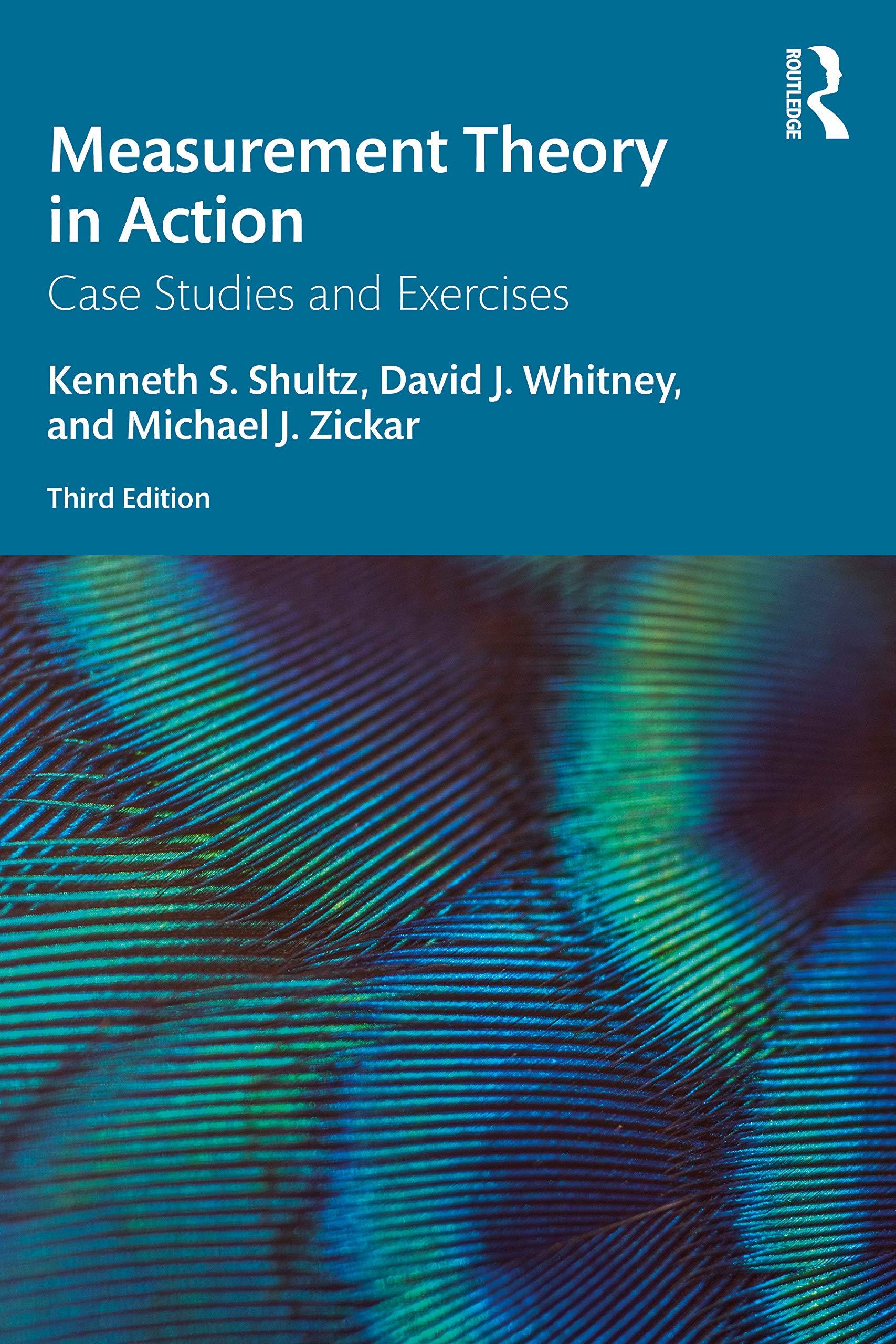Professor Ullman had just given the first examination in her introductory psychological statistics class. She passed the
Question:
Professor Ullman had just given the first examination in her introductory psychological statistics class. She passed the results on to Rudy, one of her graduate teaching assistants, so that he could “make sense” of the scores. After entering the scores into the computer, Rudy calculated some descriptive statistics. He first calculated the mean and standard deviation. The mean seemed a little low (68 out of 100) and the standard deviation seemed high (28). Therefore, he decided to go back and look at a histogram of the raw scores. Rudy was expecting to see something close to a normal distribution of scores. He had always learned that scores on cognitive ability and knowledge tests tend to approximate a normal distribution. Instead, the histogram for the first statistics test seemed to show just the opposite. The distribution of scores was basically a U-shaped distribution. That is, there were a bunch of students in the A and high-B range and then a bunch of students in the low-D and F range, with very few in between.
Rudy wasn’t sure what to do next. He wanted to show Professor Ullman that he knew the statistics and measurement material, but why was he getting the strange-looking distribution? The course was set up with a 50-student lecture section and two 25-student lab sections. Rudy taught the morning lab session and Lisa taught the afternoon session. “I wonder how the scores for the two lab sections compare?” Rudy thought. Rudy also remembered that on the first day of the lab session students filled out several questionnaires. There were a couple of personality questionnaires, an attitude toward statistics measure, and demographic data, including GPA, year in school, whether the student had transferred from a junior college, gender, ethnicity, and similar items. Could those somehow be useful in understanding what was going on with the test data? Rudy decided he had better present his preliminary results to Professor Ullman and see what she had to say.
Questions
1. What additional descriptive statistics should Rudy have run to try to make sense of the exam data?
2. How could Rudy have used the additional questionnaire data to help make sense of the test scores?
3. What statistics could Rudy calculate to determine if there really were any “significant differences” between the two laboratory sections?
4. Professor Ullman has taught the undergraduate statistics class many times. Would it make sense to go back and compare this term’s results on the first exam to previous classes’ performance on exam 1? Why or why not?
5. What graphical or visual data displays of the data would be appropriate in this situation?
6. Would it be helpful to estimate any population parameters in this situation?
7. Would it make sense to estimate any true scores in this situation?
Step by Step Answer:

Measurement Theory In Action
ISBN: 9780367192181
3rd Edition
Authors: Kenneth S Shultz, David Whitney, Michael J Zickar





